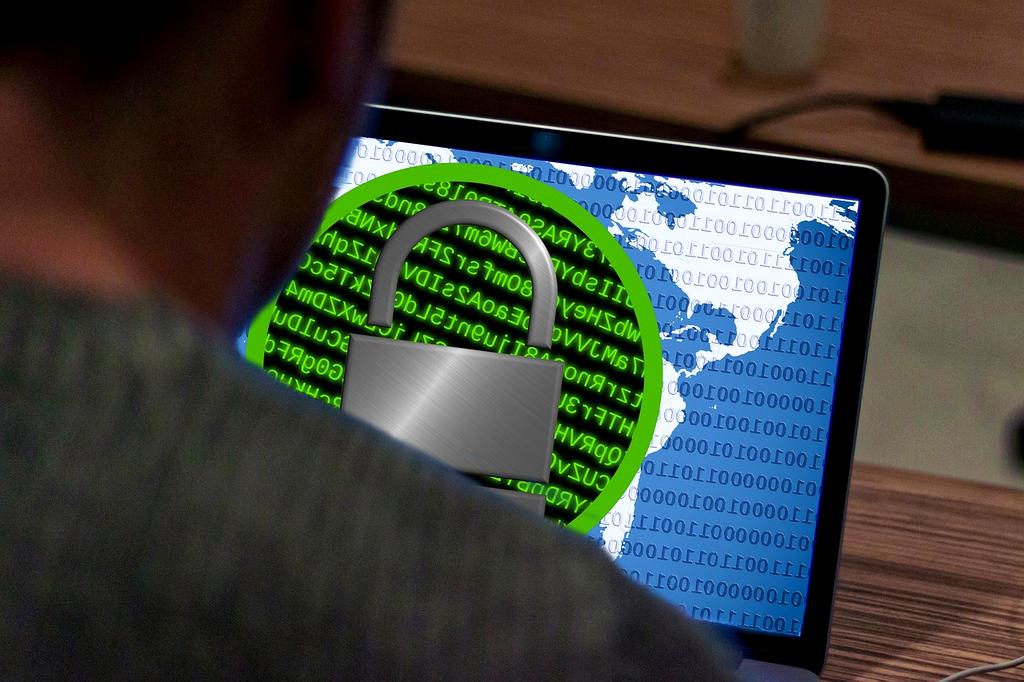Temporal Key Integrity Protocol (TKIP) is an encryption protocol included in the IEEE 802.11i standard designed for wireless local area networks (WLANs). It serves to enhance security compared to the earlier Wired Equivalent Privacy (WEP) protocol, which was widely considered insecure. TKIP functions effectively on older WEP hardware and is a critical component of Wi-Fi Protected Access (WPA), which superseded WEP. TKIP builds on the Rivest Cipher 4 (RC4) stream encryption algorithm, enhancing WEP by using a unique encryption key for each data packet. This approach significantly strengthens security. TKIP comprises three core components: a message integrity check (MIC), packet sequencing control, and per-packet key mixing function, adding layers of security to data transmission. One key difference is that TKIP extends the initialization vector and key ID fields to 8 bytes, while WEP does not. This expansion along with a unique algorithm for each frame key significantly enhances security. Tasked with preventing replay attacks, TKIP ensures that a new key is created for each frame, further fortifying data integrity. TKIP addresses many of WEP's vulnerabilities by encrypting each data packet with a different key and utilizing a sequence counter for added protection against replay attacks. This results in enhanced security and data integrity, making it a safer alternative to its predecessor. Despite its advancements over WEP, TKIP is not without its flaws. It remains vulnerable to certain attacks, including those exploiting pre-shared keys. Additionally, it is less robust compared to WPA2, which uses the more secure Advanced Encryption Standard (AES). As the industry moves towards stronger encryption standards, TKIP is on the decline, especially for sensitive data transmission.What is Temporal Key Integrity Protocol (TKIP)?

Anatomy of TKIP

Differences Between WEP and TKIP
Advantages of TKIP
Drawbacks of TKIP